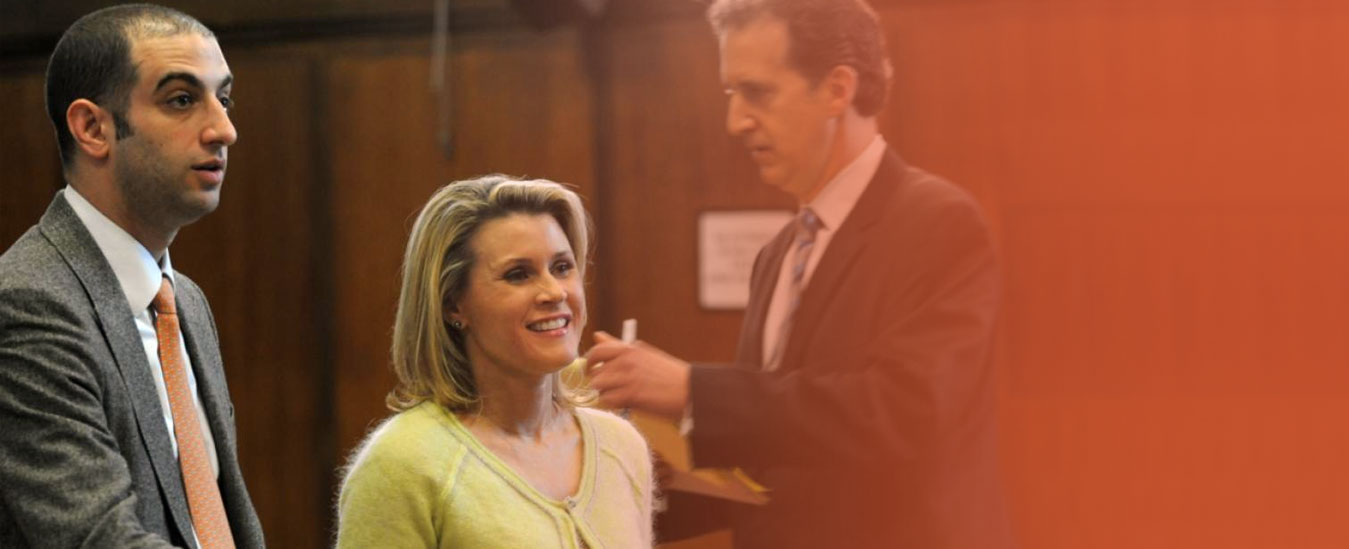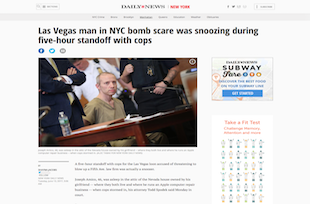Manhattan Sex Crime Lawyers
Sex Crimes in Manhattan: Understanding the Charges and Your Rights
Sex crime laws in Manhattan are severe and carry stiff penalties that will change your life forever if convicted. Because there are such a wide variety of actual crimes that can be committed under this area, each should be taken seriously. If you have been charged with a sex crime in Manhattan, it is important that you contact NYC Criminal Attorneys in order to secure representation right away. It is also important that you understand the nature of sex crime charges in Manhattan, so continue reading to learn a bit more.
Various Kinds of Sex Crimes in the State of New York
New York statutes actually contain many different types of sex crimes that an individual can be charged with, each one different in scope and severity of possible penalties to be imposed. Here are some of the more common ones associated with this type of criminal charge.
Rape
This is perhaps the most serious type of sex crime that an individual can be charged with in New York. Rape can be charged if it is believed that forcible penetration involving the genitals has occurred. If the accused individual also brandishes a weapon in the commission of the crime, or uses any type of physical violence, the charge can actually be escalated and become much more severe.
Statutory Rape
A charge of statutory rape can occur even if the sexual contact between two individuals is believed to be consensual. This has to do with the age of the alleged victim. If the person is younger than the law provides to be able to provide consent to a sexual act, statutory rape has occurred. If the person charged with statutory rape is legally an adult at the time the act took place, the charge may be more severe.
Sexual Assault
Sexual Assault is actually a broad encompassing charge that involves having sexual contact with another individual against his or her will. This can involve actual penetration, but can also include forcible touching or unwanted sexual contact.
Public Indecency
A charge of public indecency typically results when a person is accused of exposing him or herself in a sexual in a public setting. It is important to keep in mind that sexual contact does not actually have to occur in order to be charged with this type of sex crime. If an act of public indecency is believed to have been committed on school grounds or in the vicinity of children, the charge and associated penalties for a conviction will be more severe.
Internet Sex Crimes and Child Pornography
In this age of technology, sex crimes are now committed in the virtual world. This is actually that fastest growing area related to sex crimes, with penalties for child pornography being the most severe. This is the case even if there is no sexual contact involved. Just the mere possession of child pornography can result in a sex crimes conviction. If child pornography is openly distributed over the Internet, the charge can become a federal one.
Possible Defenses to a Sex Crimes Charge
If you are charged with a sex crime in Manhattan, remember that you are innocent until proven guilty. It is important to have a professional and experienced lawyer on your side in order to mount a defense. This can include:
- You are innocent – There are times when you might be charged with a crime and you are entirely innocent. Your lawyer will work to prove that the evidence against you is false and work to get the charges dismissed. If your case goes to trail, it is important to prove your innocence in order to be found not guilty.
- Consent Was Given – If the charge against you involves another individual who gave his or her consent to the sex act, that is a defense that needs to be made.
- Mental Issues – In order to be convicted of a sex crime, it needs to be proven that you had the mental capacity to know that what you were doing is wrong. If you have some type of mental incapacity that precludes you from knowing that, it is a defense that can be made.
Related Posts
NYC Bribery LawyersIn recent history, the crime of bribery has increased considerably in terms of conviction rate,…
NJ Criminal Lawyers Your New Jersey Criminal Defense Lawyers The Spodek Law Group is an elite law…














NJ CRIMINAL DEFENSE ATTORNEYS